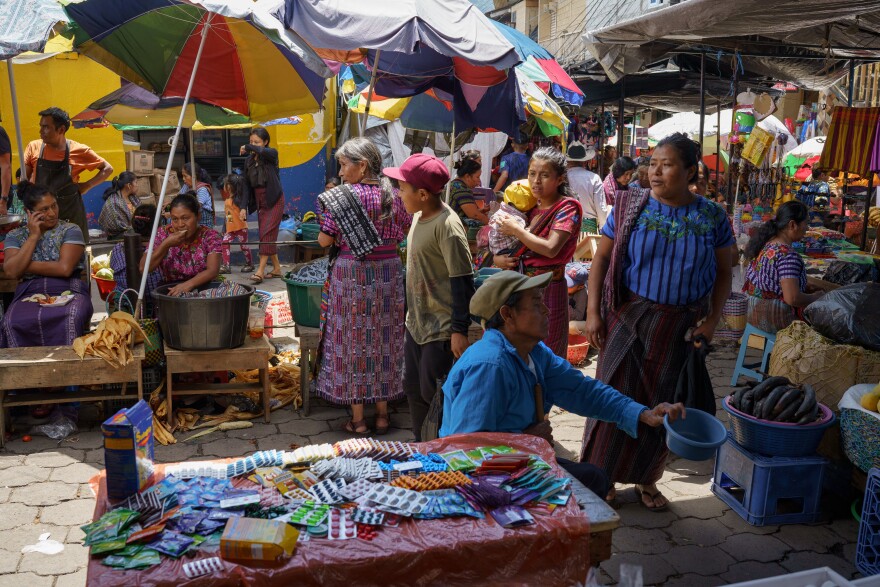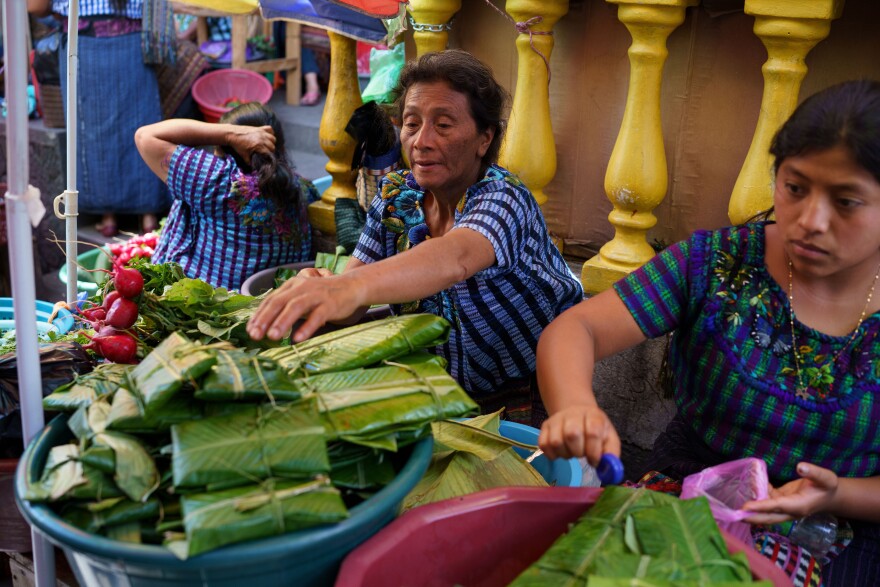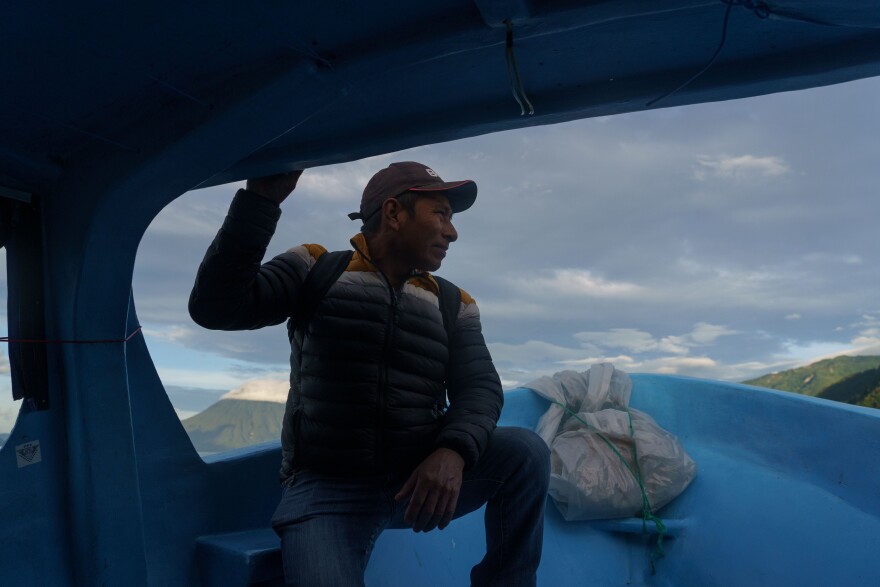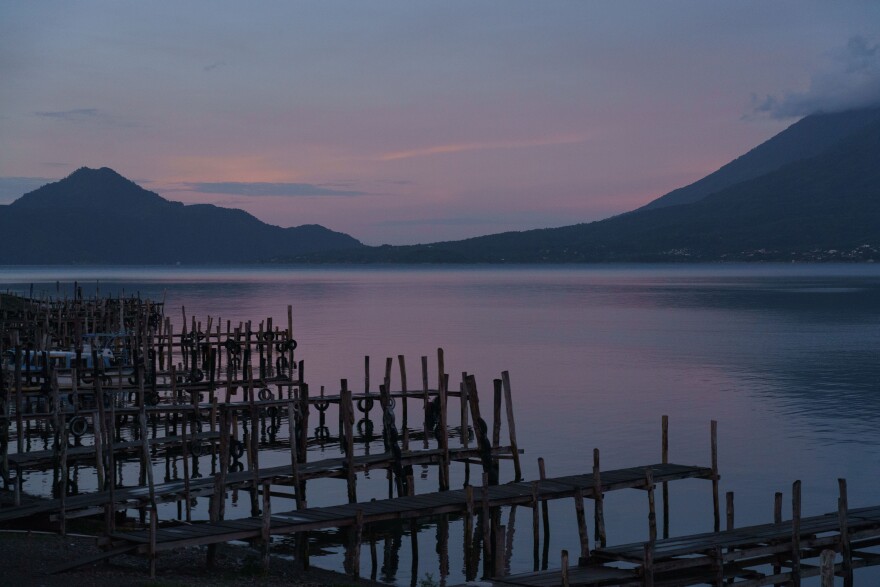One of Guatemala's most frequently visited sites is Lake Atitlán.
To the naked eye, it is stunning. Its teal-colored freshwater sits just over 5,000 feet above the ocean in the highlands of Guatemala. It is surrounded by culturally rich Maya towns and three volcanos – San Pedro, Tolimán and Atitlán. Below the water, things get even more interesting. There are volcanic formations, hot springs and even a flooded Maya city.
About 84,000 years ago, this lake used to be the super volcano Los Chocoyos. After it erupted for the final time, the volcano's chamber collapsed inward and formed a caldera. It was then filled with water from nearby rivers.
Today, these attractions bring in a large amount of ecotourism for the region–about 80%.



The 12 towns surrounding the lake each have something to offer. In Santiago Atitlán, you can visit the Maya deity Maximón. You can hike a volcano in San Pedro La Laguna. Consider visiting a hot spring in Santa Catarina Palopó. Or go scuba diving near Santa Cruz la Laguna. And in San Juan la Laguna, you can visit a honey or Maya textile co-op.
David Alinán, a tour guide with Contemporáneo Tours & Travel, says that a high dependency on tourism comes with positives and negatives. On one hand, it provides more economic growth and better access to technology and education. However, the rise in tourism has had some substantial impacts on Guatemalan culture.
"The negative part is a loss of identity," Alinán told Morning Edition. "Perhaps we identify with Maya roots, but many of us born in the 90s lost our native language. Many of us only speak Spanish and perhaps an international language."



Alinán says this loss is not immediate, rather gradual. He believes this loss of identity may come from adopting new cultural traditions that visitors bring. For example, in San Pedro an influx of Jewish tourists has led to the establishment of kosher restaurants, and you're likely to hear Hebrew spoken in this town.
For locals like Glenda Rosales, ecotourism supports her family. She's been a shop owner in Panajachel for over 15 years.
"We all rely on tourism here," said Rosales. "If there is no tourism here, then our sales are low. It's our job. So, we benefit from tourism coming to Guatemala, especially to Panajachel."
She notes that Panajachel is a calm and peaceful place.


If you needed a final reason to add Lake Atitlán on your list of places to visit, Guatemala is known as the "land of eternal spring" due to its advantageous rainy and dry seasons, with average high temperatures between 70 and 80 degrees Fahrenheit year-round.
It's no wonder with such good weather and attractions that this lake is a top destination in Guatemala.
Copyright 2023 NPR. To see more, visit https://www.npr.org.



